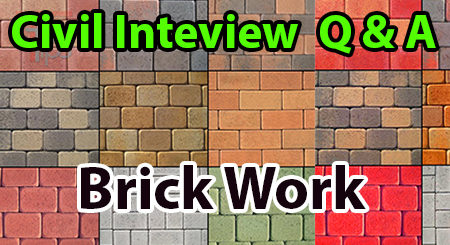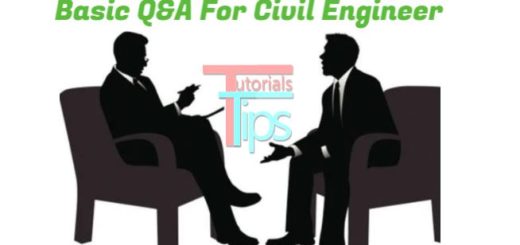Civil Engineering Objective Questions & Answer for Railway Exam
Q 01 When first Indian railway was started?
- A: 1850
- B: 1860
- C: 1853
- D: 1900
Q 02:What is width of the top portion of a flat footed
- A: 69.30 mm
- B: 66.77 mm
- C: 100 mm
- D: 90 mm
Q 03 Bull headed rails are generally provided on
- A: Straight tangent
- B: Point and crossing
- C: Curved tracks
- D: Metre gauge tracks
Q 04 Rail section is generally designated by its
- A: Total weight
- B: Total Length
- C: Weight per metre length
- D: Area of it’s cross section
Q 05 Weight and cross section of the rails are decided on
- A: gauge of tracks
- B: Spacing of Sleepers
- C: Speed of trains
- D: All (A,B &C)
Q 06 What is the standard length of rails for B.G. Track in Indian Railways
- A: 10.06 metre
- B: 11 metre
- C: 13 metre
- D: 11.5 metre
Q 07What is the standard length of rails for M.G. Track in Indian Railways
- A: 10 metre
- B: 12 metre
- C: 14.5 metre
- D: 12.8 metre
Q 08 Which Country used 30 metre long rails
- A: Chine
- B: U.S.A.
- C: Russia
- D: America
Q 09Staggered rail joints are generally provided
- A: On Curves
- B: On Bridges
- C: in Tunnels
- D: On Tangent
Q10 What is the advantage of automatic signalling?
- A: Safety
- B: Reduction in delays
- C: Increase Track Capacity
- D: All the above (A,B &C)



